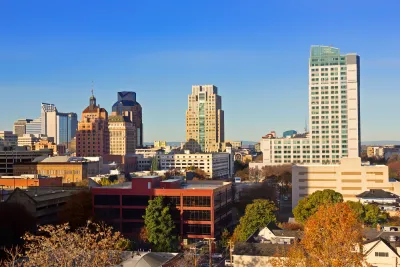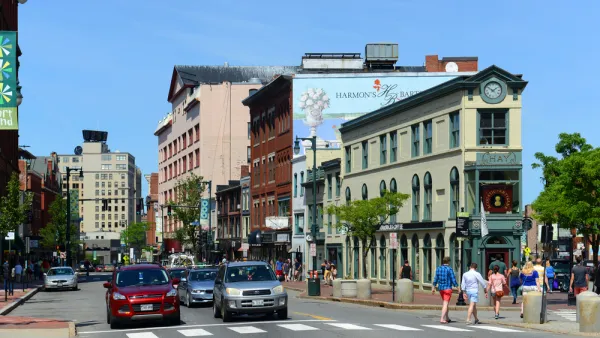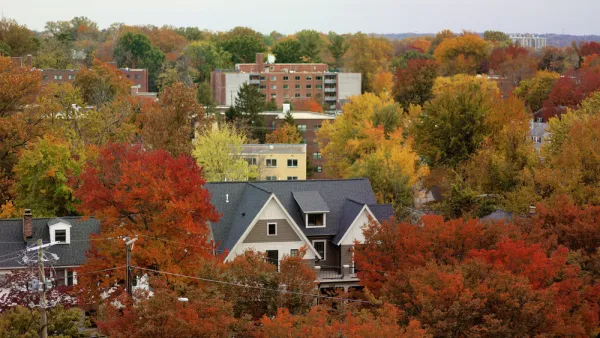The state capital of California is starting to see rents that would fit in around San Francisco or Los Angeles. Although explanations are scant, some are blaming the stagnant multi-family development industry.

Richard Chang tells one of the dominant stories of Sacramento's recovery from the Great Recession: "A healthy job market and population growth are fueling demand, while the supply of rentals remained stagnant as developers shied away from building during the past decade."
Now, reports Chang, "Sacramento’s rents are so high that the capital region is now the fastest-growing rent market in the nation with year-over-year increases of 11 percent, according to Yardi Matrix, the real estate research arm of Santa Barbara software company Yardi Systems. Occupancy rates have hit 96.8 percent."
Sacramento's surging rents are concentrated in the midtown and downtown neighborhoods, according to Change, who also takes a tour of examples of apartment complexes that have been recently renovated and adjusted to the market.
As for why Sacramento has had a hard time developing rental units since the Great Recession, Chang cites Sacramento City Councilmember Steve Hansen, who says that the city's stagnant development market is a result of the end of redevelopment funding from the state.
FULL STORY: They stopped building apartments; now Sacramento-area rents have spiked

National Parks Layoffs Will Cause Communities to Lose Billions
Thousands of essential park workers were laid off this week, just before the busy spring break season.

Retro-silient?: America’s First “Eco-burb,” The Woodlands Turns 50
A master-planned community north of Houston offers lessons on green infrastructure and resilient design, but falls short of its founder’s lofty affordability and walkability goals.

Delivering for America Plan Will Downgrade Mail Service in at Least 49.5 Percent of Zip Codes
Republican and Democrat lawmakers criticize the plan for its disproportionate negative impact on rural communities.

Test News Post 1
This is a summary

Test News Headline 46
Test for the image on the front page.

Balancing Bombs and Butterflies: How the National Guard Protects a Rare Species
The National Guard at Fort Indiantown Gap uses GIS technology and land management strategies to balance military training with conservation efforts, ensuring the survival of the rare eastern regal fritillary butterfly.
Urban Design for Planners 1: Software Tools
This six-course series explores essential urban design concepts using open source software and equips planners with the tools they need to participate fully in the urban design process.
Planning for Universal Design
Learn the tools for implementing Universal Design in planning regulations.
EMC Planning Group, Inc.
Planetizen
Planetizen
Mpact (formerly Rail~Volution)
Great Falls Development Authority, Inc.
HUDs Office of Policy Development and Research
NYU Wagner Graduate School of Public Service





























